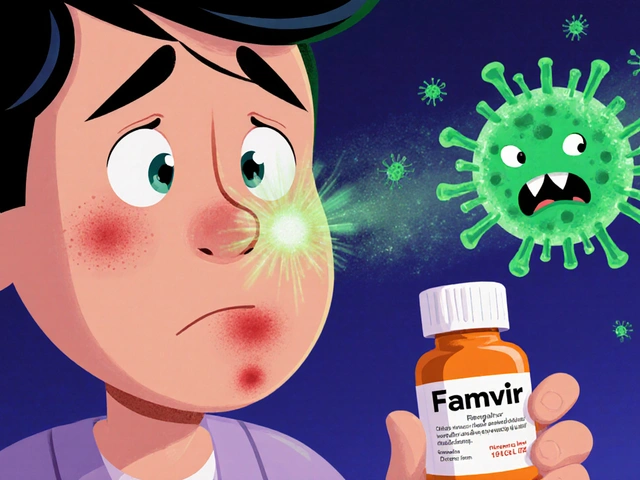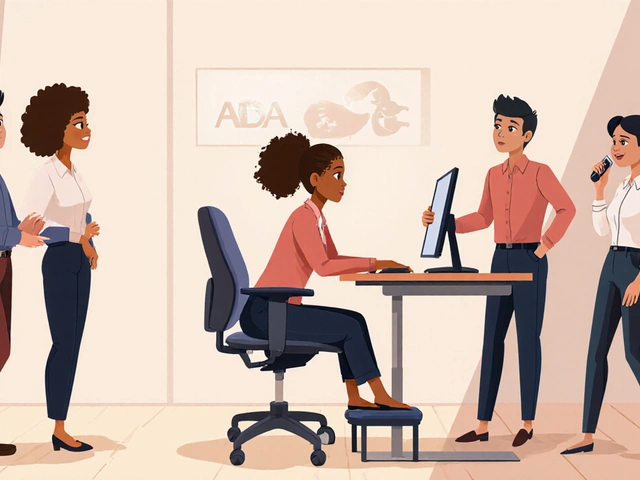Period pain: quick relief and smart care
Period pain (dysmenorrhea) can ruin your day. You don't need to just suffer—there are simple things you can try at home right away and longer-term steps that help over time. Below are practical, no-nonsense tips that actually work for many people.
Fast relief you can try now
Start with over-the-counter pain relievers like ibuprofen or naproxen. Take them as directed—and start as soon as cramping begins or a few hours before your period if it's predictable; that gives better pain control. If you have stomach issues or take blood thinners, check with a pharmacist or doctor first.
Use heat. A hot water bottle or microwavable heat pad over the lower belly relaxes muscles and eases pain fast. Even a warm shower or bath helps.
Move gently. Short walks or light stretching increase blood flow and can lower cramp intensity. Try simple yoga poses like child’s pose or cat–cow for comfort.
Try a TENS unit if you have one. Small, portable, drug-free, and many people find it reduces pain by sending mild electrical pulses to the skin.
Avoid heavy meals, excess salt, and too much caffeine on bad days; these can make bloating and cramps worse. Sip water and eat light, balanced meals with some lean protein and whole grains.
Daily habits and longer-term options
Consider hormonal options if cramps are severe every cycle. Birth control pills, the patch, the ring, or an IUD often reduce period pain and flow. Talk to your healthcare provider about pros and cons for you.
Some supplements help people: magnesium (200–400 mg), vitamin B1 (thiamine), and omega-3 fish oil have evidence for easing cramps. Always check with a clinician before starting supplements—especially if you’re on other meds.
Regular exercise and maintaining a healthy weight lower overall cramp severity over time. Aim for consistent, moderate activity, not just when pain hits.
Track your symptoms. Note when pain starts, how long it lasts, what helps, and if it affects daily life. This makes conversations with a doctor much more useful.
Consider therapy for stress and sleep support. Chronic stress and poor sleep can make pain feel worse. Simple breathing exercises and better sleep routines can make a difference.
When to see a doctor: severe pain that stops you from working or living normally, pain that suddenly gets much worse, very heavy bleeding, fever, pain after sex, or trouble getting pregnant. Those could signal conditions like endometriosis, fibroids, or an infection that need evaluation.
If over-the-counter options don't help, or if you’re unsure which treatments are safe for you, book a visit with your healthcare provider. With a few targeted steps, most people can reduce period pain and get back to their life faster.

Understanding Menstrual Cramps and Age: What Changes to Expect
Menstrual cramps are a common experience for many women, but their intensity and pattern can change over time. Various factors like hormonal shifts, lifestyle changes, and medical conditions influence these changes. This article explores how menstrual pain evolves as women age and offers insights into managing discomfort effectively. Stay informed to better navigate the different phases of menstrual health.
Categories
- Medications (50)
- Health and Medicine (46)
- Health and Wellness (34)
- Online Pharmacy Guides (15)
- Nutrition and Supplements (7)
- Parenting and Family (3)
- Environment and Conservation (2)
- healthcare (2)
- prescription savings (1)
Popular Articles



